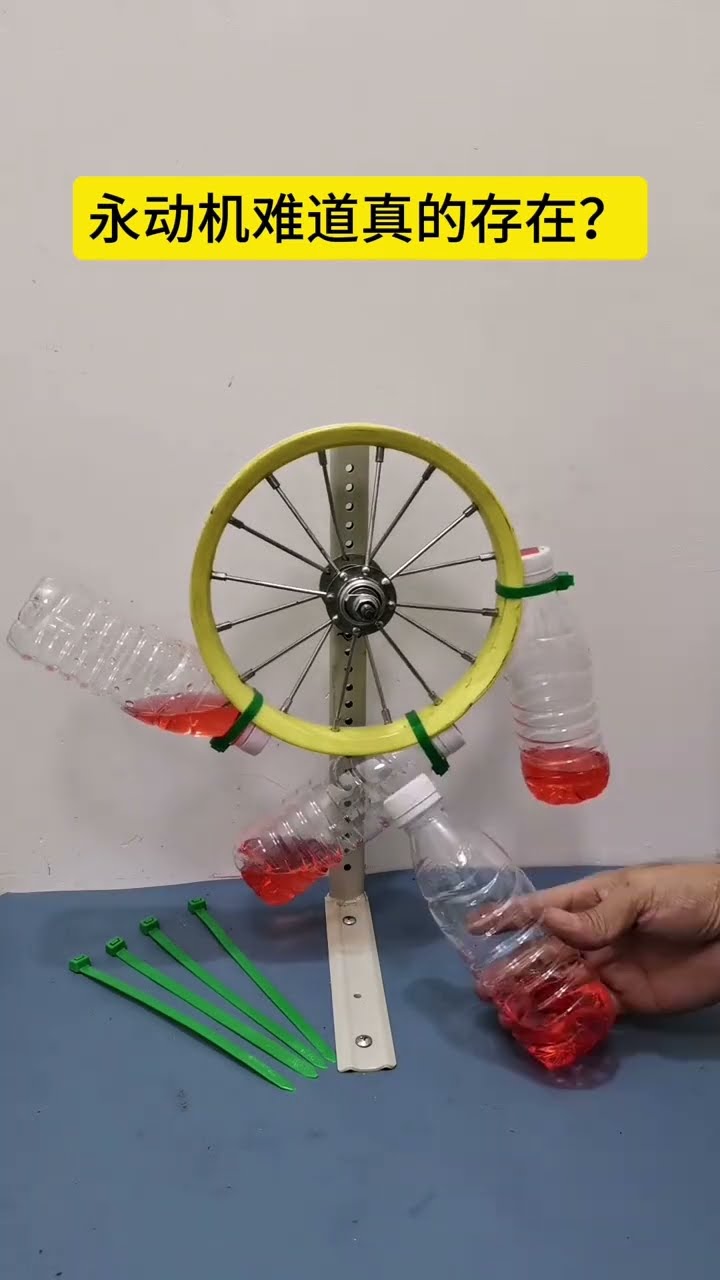As of current scientific understanding, perpetual motion machines do not exist and are considered impossible under the known laws of physics, particularly the laws of thermodynamics. Here’s why:
1. Violation of Thermodynamics
First Law (Conservation of Energy): A perpetual motion machine of the first kind claims to produce energy without any input, which violates energy conservation. Energy cannot be created from nothing.
Second Law (Entropy): A perpetual motion machine of the second kind tries to extract work from a single heat source indefinitely, but entropy always increases in a closed system, making 100% efficiency impossible.
2. Friction and Energy Loss
In reality, all systems experience friction, air resistance, and other energy losses, meaning any motion will eventually stop unless energy is continuously added.
3. No Verified Examples
Despite many claims over centuries, no working perpetual motion machine has ever been scientifically validated. Many designs rely on hidden energy sources, misunderstandings of physics, or outright fraud.
4. Misleading Claims
Some devices (like magnetic or overbalanced wheels) may appear to run "forever," but they either draw energy from external sources (like temperature changes) or simply run for a very long time before stopping.
Conclusion
Perpetual motion machines remain a scientific impossibility under current physics. While they inspire creative thinking, they cannot exist without violating fundamental energy laws. Instead, scientists focus on high-efficiency systems (e.g., superconductors, near-frictionless environments) that approach but never achieve true perpetual motion.



.jpg)